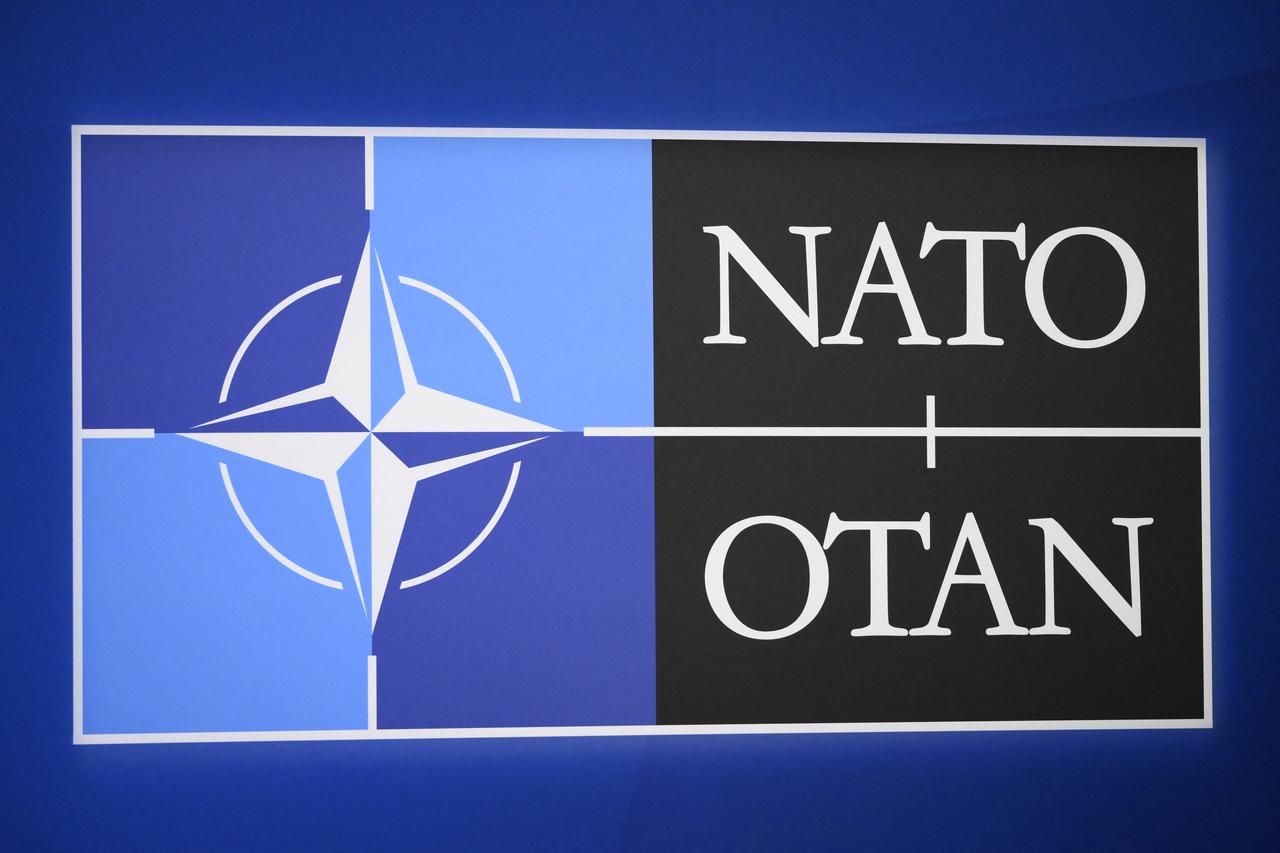
At a critical moment for Euro-Atlantic security, NATO allies have agreed to a new and ambitious defense spending target of 5% of gross domestic product (GDP)—a significant increase from the long-standing 2% threshold. Spain has openly rejected the plan, exposing a rare fracture within the alliance ahead of a key summit in The Hague.
The updated benchmark, proposed by NATO Secretary-General Mark Rutte, includes:
The aim is to reflect the evolving nature of modern warfare while ensuring member states invest not only in troops and hardware but also in strategic resilience.
After reaching a consensus on Sunday, NATO officials framed the move as essential in light of growing Russian aggression and shifting global security dynamics.

Spanish Prime Minister Pedro Sánchez swiftly pushed back against the new goal, insisting that Spain's current defense budget—2.1% of GDP—is sufficient to meet NATO’s military requirements.
In a televised interview, Sánchez stated:
“We respect other countries’ decisions to raise their defense spending, but we will not do the same.”
According to NATO figures, Spain currently spends only 1.24% of its GDP on defense, making it the lowest spender in the alliance.

However, Secretary-General Rutte publicly contradicted Madrid's stance, stating Monday:
“NATO has no opt-out, and NATO doesn’t know side deals.”
His remarks made it clear that no member state is exempt from the new 5% expectation.
To prevent a public rupture, NATO negotiators introduced softer language into the summit declaration, changing “we commit” to “allies commit.” A letter seen by Reuters further revealed that Rutte offered Sanchez “flexibility” to meet capability goals according to Spain’s own timeline—though this was not intended as a formal exemption.
Still, officials maintain that Spain’s 2.1% spending falls short, particularly since many of NATO's military capability targets are classified, making public verification of sufficiency impossible.

Former U.S. President Donald Trump, a long-time critic of NATO spending disparities, reignited pressure by urging full compliance from all allies.
“Spain is famous for not paying. They need to pay like everyone else,” Trump said.
Ironically, Trump also hinted that the U.S. may not meet the 5% target itself, pointing to America’s historical role in safeguarding Europe.
Currently, U.S. defense spending stands at 3.19% of GDP.
Sánchez warned that complying with the 5% goal would require either:
This internal political calculus largely explains Madrid’s refusal to adopt the new benchmark.
NATO officials insist that the shift toward 5% is not symbolic, but a reflection of a new era of permanent strategic competition.
With Russia’s military assertiveness rising and the U.S. increasingly focused on the Indo-Pacific, European allies are under mounting pressure to shoulder more of the continent’s defense burden.
The new defense target includes a 2035 implementation deadline, with an interim review scheduled for 2029.